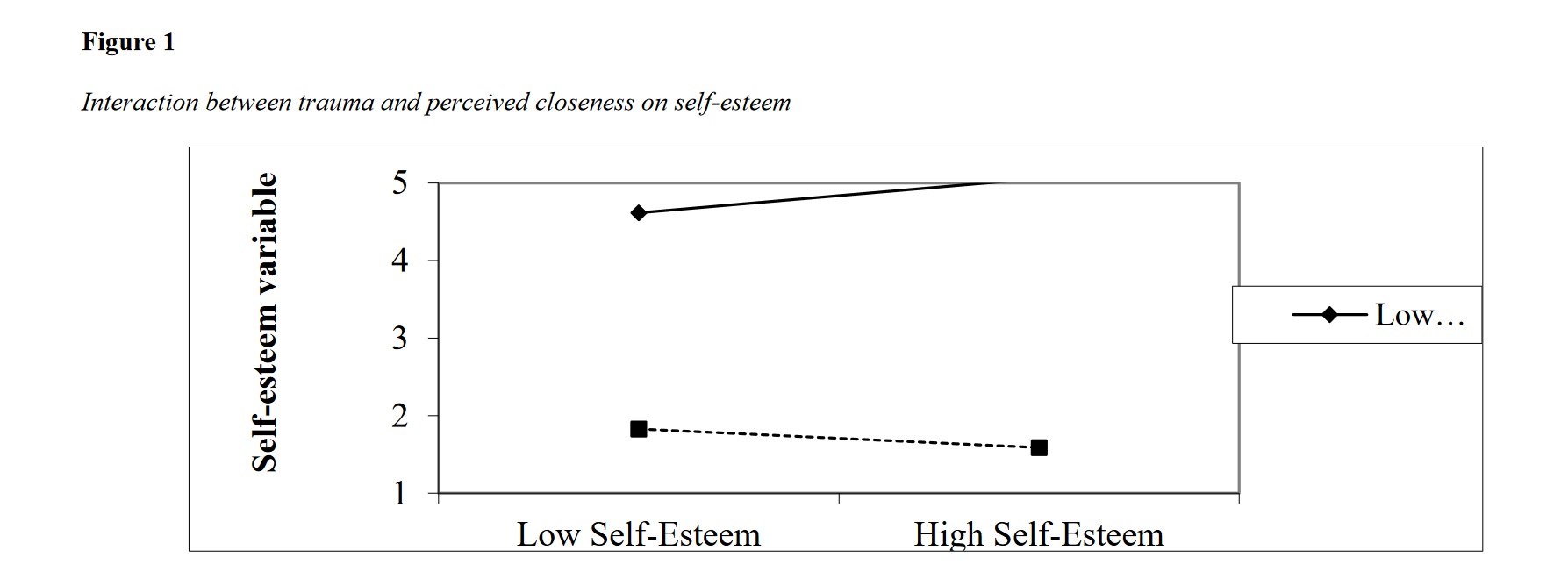The Impact of Trauma on The Self-Esteem of Black Adolescents: Moderating Effects of Boundaries in Parent- Adolescent Relationships
Keywords:
Structural Family Therapy, Black Adolescents, Self-esteemAbstract
Objective: Up to 43% of youth in the United States have reported experiencing a traumatic event. This study examined the moderating effects of perceived closeness with parents upon the expected effects of experiencing trauma on the self-esteem of Black adolescents through a Structural Family Therapy lens.
Methods and Materials: A hierarchical linear regression with a moderating interaction term was utilized to examine the impact of perceived closeness with parents as a moderator between experiencing trauma and self-esteem composite scores from the Young Adults Self Report of the National Longitudinal Surveys Children and Young Adults.
Findings: The results indicated that perceived closeness to parents did moderate the expected results of experienced trauma upon the self-esteem of Black adolescents (R = .330 and p = .038).
Conclusion: Based on these findings, marriage and family therapists are encouraged to increase their cultural competency skills and their competency with respect to trauma-informed practice when counseling Black adolescents and adolescents who may have experienced trauma. Our study found that perceived closeness to parents moderated experienced trauma on the self-esteem of Black adolescents. Based on this, marriage and family therapists are encouraged to provide culturally appropriate and trauma-informed care, especially when counseling African American adolescents and adolescents who have experienced trauma.
Downloads

Downloads
Additional Files
Published
Issue
Section
License
Copyright (c) 2023 Noelle Chappelle, Eman Tadros (Author)

This work is licensed under a Creative Commons Attribution-NonCommercial 4.0 International License.






